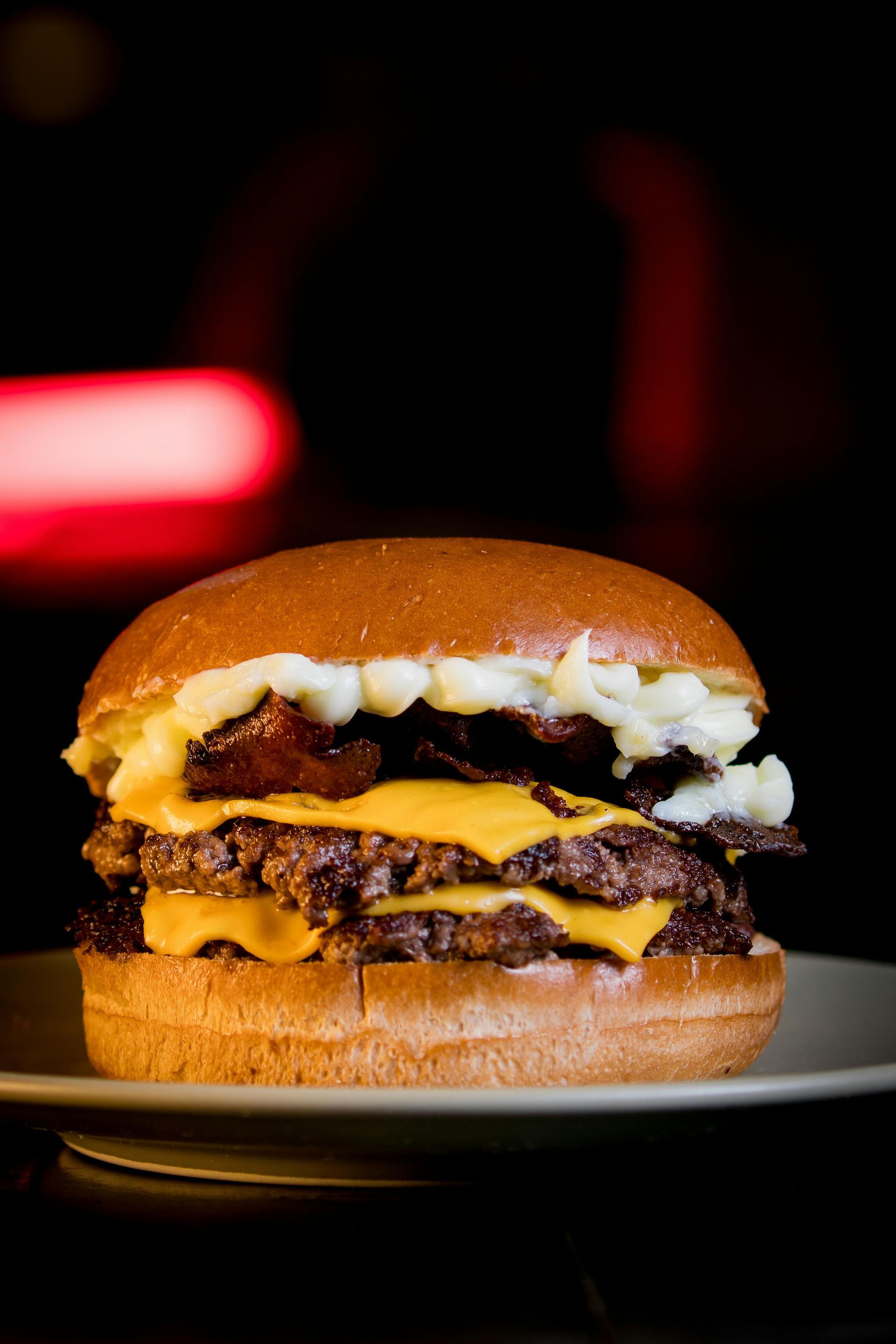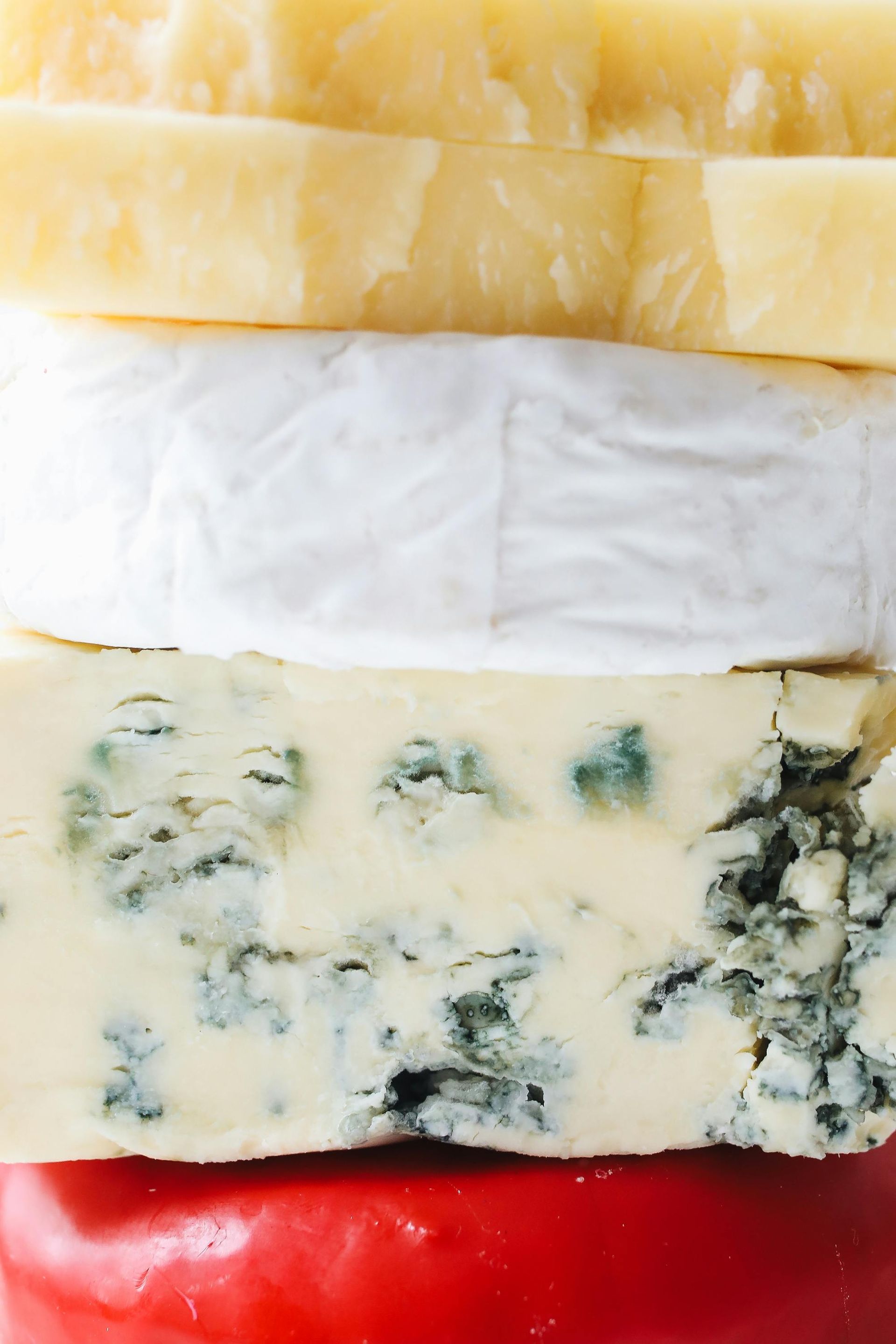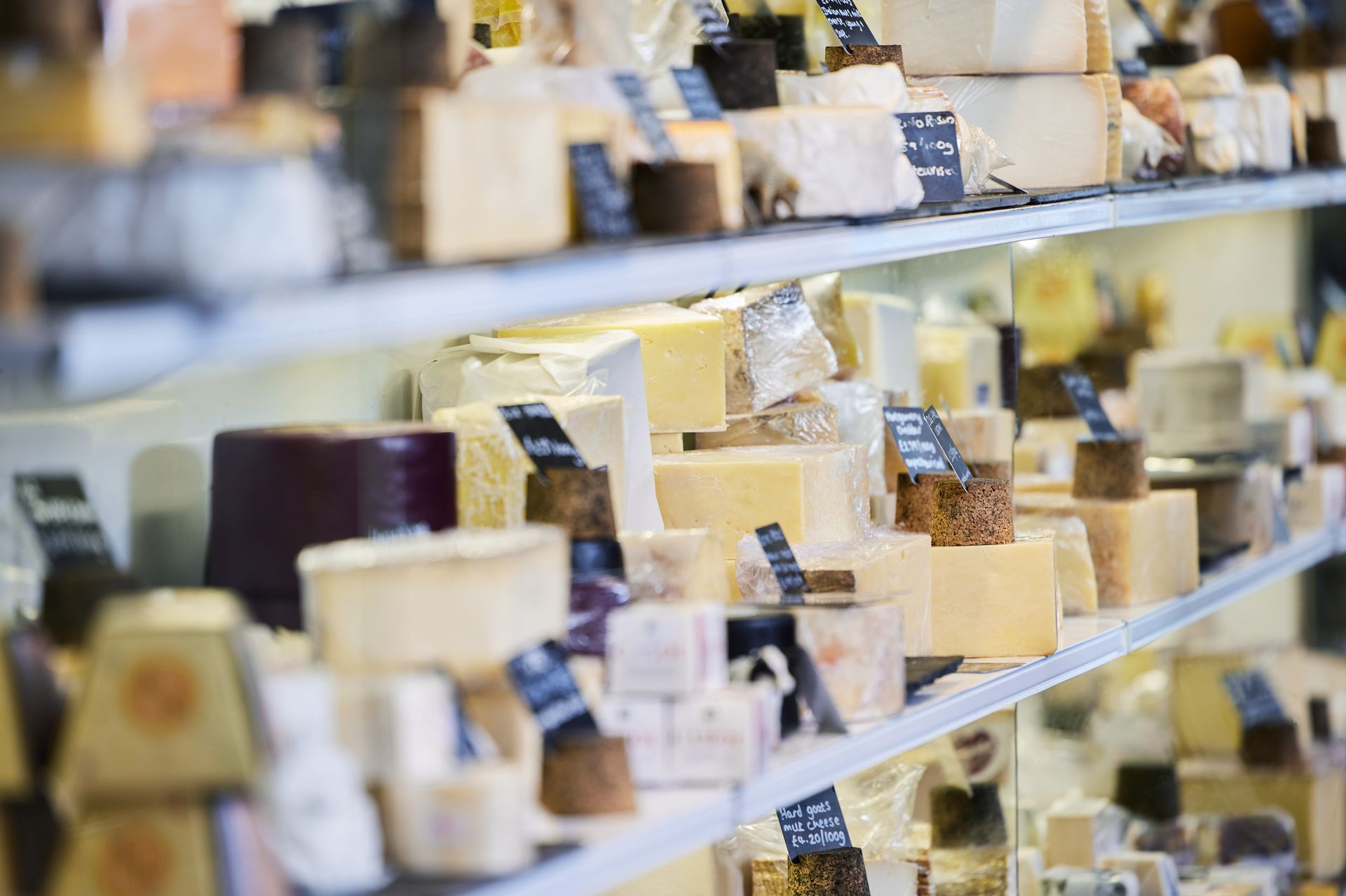Whey Forward: Redefining Value Across Beauty, Wellness and Performance
How the cheesemaking byproduct is quietly reshaping the worlds of fitness, nutrition and skincare - and why the UK dairy sector should take note
From Byproduct to Bioeconomy
Modern filtration and fractionation technologies have transformed whey from waste into a complex, high-value ingredient. Its proteins, peptides and lactose derivatives are now refined for a spectrum of uses: whey protein concentrates and isolates for sports and clinical nutrition; bioactive peptides for cell repair and skin health; lactose-derived humectants used in moisturisers and cleansers.
For every kilogram of cheese produced, roughly nine litres of whey are generated. What once created a disposal cost now presents a scalable source of income - particularly as consumers seek cleaner labels, traceable sourcing and functional benefits from everyday products.
Across Europe, major processors such as Arla, FrieslandCampina, and Glanbia have integrated whey valorisation into their long-term strategies. Their investment is paying off: the global whey market is forecast to exceed £13 billion by 2030, underpinned by sustained demand for high-protein and science-backed formulations.
The UK, by contrast, remains at an inflection point. Despite its technical capability, much of its whey potential still flows downstream unrefined. Unlocking that value will depend on a mindset shift - one that treats whey not as a secondary product, but as a strategic asset.
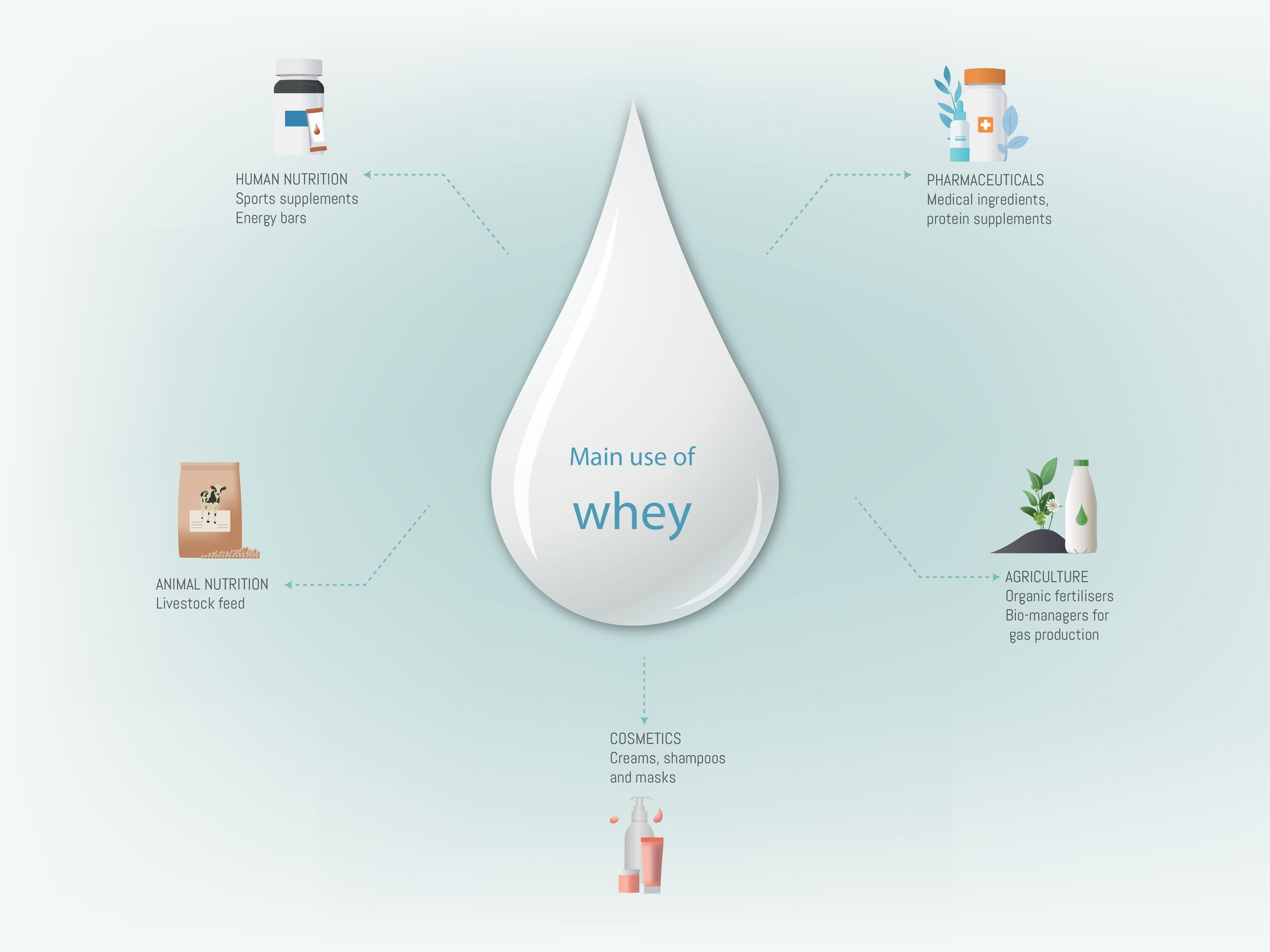
Protein as Performance Currency
The fitness and functional food markets are driving a new golden age of dairy-derived protein. Whey’s superior amino acid profile and rapid digestibility continue to make it the preferred ingredient in performance nutrition. Yet the landscape has evolved.
Consumers no longer see protein merely as fuel for muscle growth; it has become a symbol of vitality, longevity, and daily wellbeing. Brands are responding with formulations that blend dairy and plant proteins, pair protein content with added minerals and probiotics, and appeal equally to active professionals and older consumers managing muscle maintenance or weight.
In this space, British dairy has a story to tell. Regional provenance, grass-fed herds, and quality assurance can deliver differentiation against mass-market alternatives. But narrative alone is not enough; the next phase of growth will require investment in R&D, ingredient innovation and cross-sector collaboration.
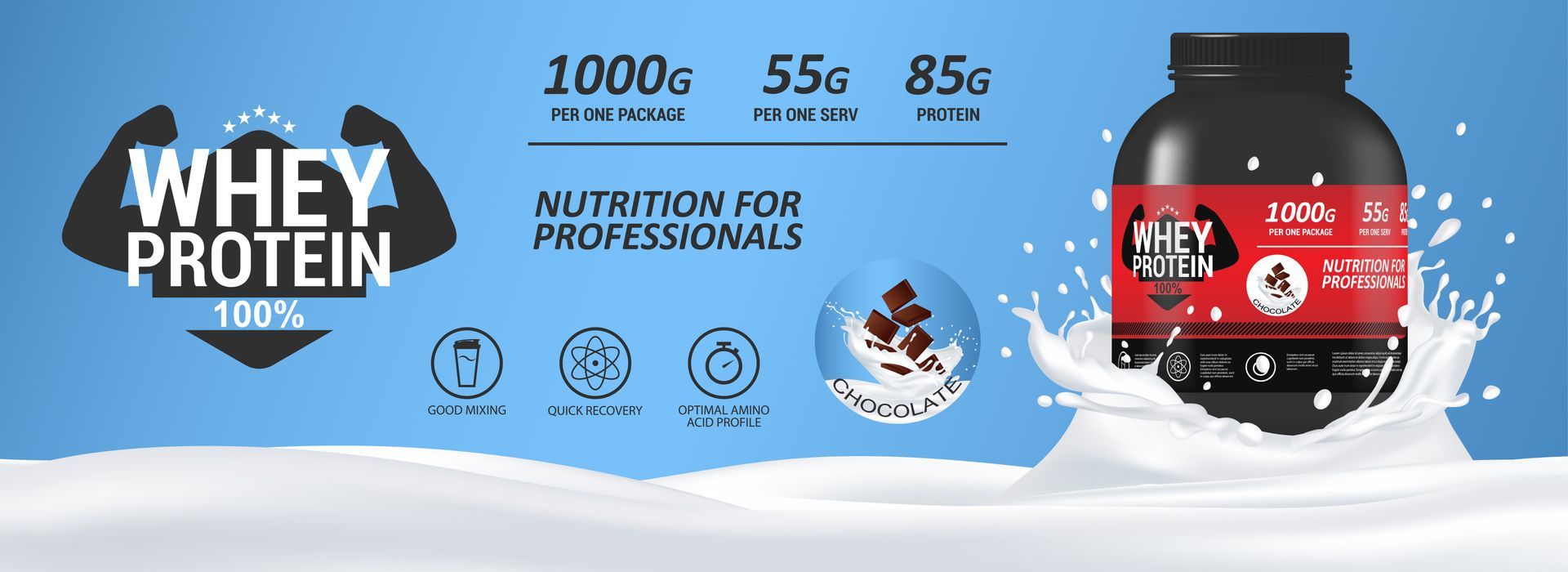
The Beauty Within: Whey in Cosmetics
Perhaps the most intriguing development lies beyond the food aisle. Whey-derived bioactives are now appearing in high-performance skincare and cosmetic formulations. Peptides extracted from whey proteins have demonstrated anti-inflammatory and collagen-boosting effects. Lactic acid derivatives from whey permeate are being used as natural exfoliants and pH stabilisers.
For brands pursuing authentic sustainability stories, these ingredients carry weight. They represent a closed-loop model where the byproduct of one industry becomes the foundation of another - a narrative that resonates with consumers and regulators alike.
However, credibility will hinge on traceability and scientific validation. Cosmetic companies and dairy processors will need to align on data, standards, and storytelling if the category is to move from niche to mainstream.
Recognition and Industry Leadership
Within this emerging landscape, the International Cheese & Dairy Awards (ICDA) is taking a forward-looking stance. Its 2026 Awards will introduce new categories celebrating Whey Innovation - spanning fitness, wellness, cosmetic applications and sustainability in whey valorisation.
This initiative signals more than symbolic progress. It embeds innovation recognition directly into the world’s largest cheese awards platform, ensuring that the conversation about whey moves from technical conference halls to centre stage. For producers, it offers visibility and validation; for investors and retailers, it provides a credible benchmark for the science and creativity shaping the future of dairy.
“By bringing whey into the spotlight, the ICDA Awards 2026 mark a new era for British dairy - one where innovation is celebrated not just on the cheeseboard, but in the gym, the clinic, and the cosmetic lab.”
Steve Moncrieff, Strategy Director, ICDA EXPO
The Whey Ahead
The repositioning of whey is about more than market diversification. It symbolises a deeper cultural shift within dairy - one that redefines success not by volume, but by value. As the boundaries between food, beauty and wellness continue to blur, whey provides a unifying bridge: an ingredient that connects the craftsmanship of cheesemaking with the frontiers of biotechnology.
For the UK, the opportunity is still wide open. The science exists, the consumer appetite is growing, and the platforms - like the ICDA Awards and the International Cheese & Dairy EXPO - are in place to accelerate progress.
The challenge now lies in conviction. Those who recognise whey’s potential will find themselves not managing waste but shaping the future of circular innovation in British dairy.
The next step in this story will unfold in early 2026, when entries open for the new Whey Innovation categories within the International Cheese & Dairy Awards. Judging will take place live at the ICDA EXPO on 24–25 June 2026 — a moment where science, creativity, and industry insight converge. It will be more than a competition; it will be a meeting point for those shaping the next chapter of dairy.
A place where dairy connects.

